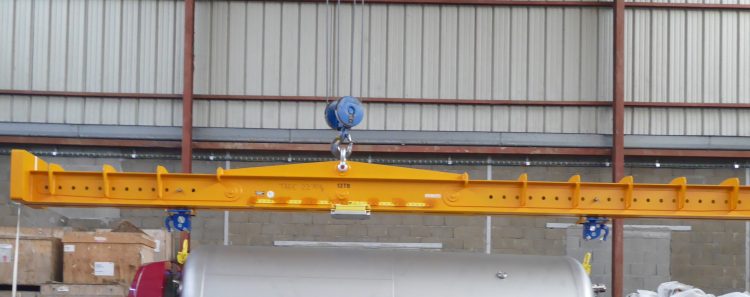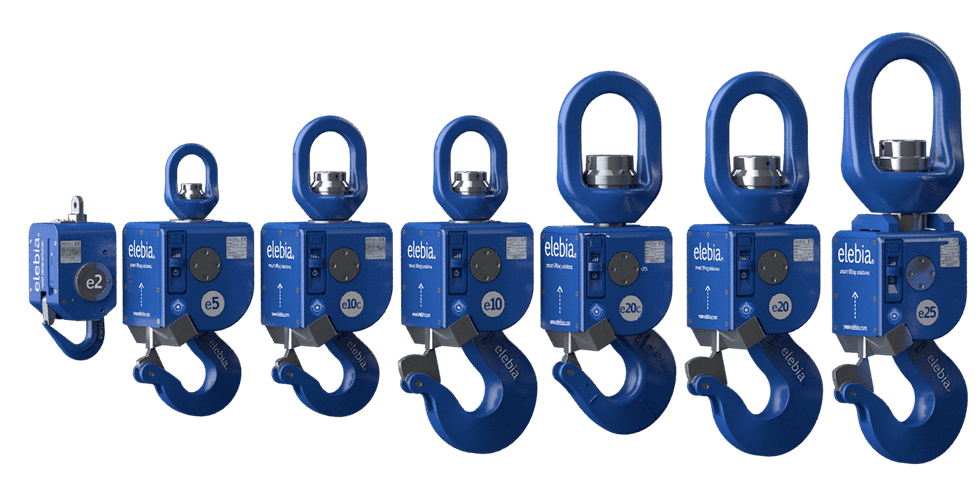Crane Lifting Beams
7 January, 2019
Crane lifting beams are a type of below-the-hook device used to balance and support a load during an overhead lift. The main function of the device is to keep the lifting slings below the beam at, or close to, a 90° angle. This means that the load should be perpendicular to the horizon.
Lifting beams are usually confused with spreader beams, in terms of purpose and design. However, the two are mechanically different. The contrast is the type of force that is applied to the beam. While in a lifting beam the load exerts a bending stress on the beam, a load on spreader puts a compressive force on the beam.
A lifting beam comes with a simple design comprising a beam with a single attachment point or lug at the centre-top side. The attachment point is where you connect the beam with crane, hoist or other lifting machine before lifting any load. The basic lifting beam normally has two or more evenly-spaced lifting lugs underneath the beam. These lugs support and attach the load with a sling or lifting hook.
There are many different brands of crane lifting beams with different capacities and designs. Therefore, it is important to take care when selecting the right type of beam to use. For instance, you should calculate the overall capacity of the beam and of each individual lifting point. Lifting beams should also provide multiple and adjustable lifting points, at fixed or variable increments, for different sized loads.
Crane Lifting Beams
Lifting beams have adjustable lifting points that can be shifted along the beam to match a specific load. This feature means that lifting beams can be used in many different types of applications and to carry various kinds of loads. The heavy-duty capabilities and rigid design of a lifting beam are perfect for loads that are too flexible. Use it on weak materials like thin steel plates or metal sheets. Adjustability also allows the lifting beam to handle unbalanced loads and control concave crushing forces.
Lifting beams are ideal for shorter and lighter span lifts that do not need a lot of headroom. Also, lifting beams don’t require a huge amount of headroom because it has a single crane-attachment point. The heavy-duty capabilities and rigid design of a lifting beam are perfect for loads that are too flexible. Use it on weak materials like thin steel plates or metal sheets.
Verification through calculations is a must before using a lifting beam. The main purpose of the calculations is to simulate the operative forces that will be generated by the load. The nature of the load is of great concern; is rigid or flexible? While a flexible load requires a light beam, a more stiff load might require some flexibility in the beam.

Lifting Points
Lifting beams are often designed for a specific purpose and should not be used for other purposes. This will include the size of the crane hook from which they are suspended. On no account should lifting beams be suspended from unsuitable hooks.
A clear example of a safe loading and manoeuvering process with a lifting beam can be viewed here: With the use of an adjustable lifting beam with two lifting points along with the patented evo automatic lifting hooks, the lifting & maneouvering process of any load is faster, and at the same time security is enhanced by maintaining operators at a safe distance from the load during the complete lifting process.
Products Made For Your Company







